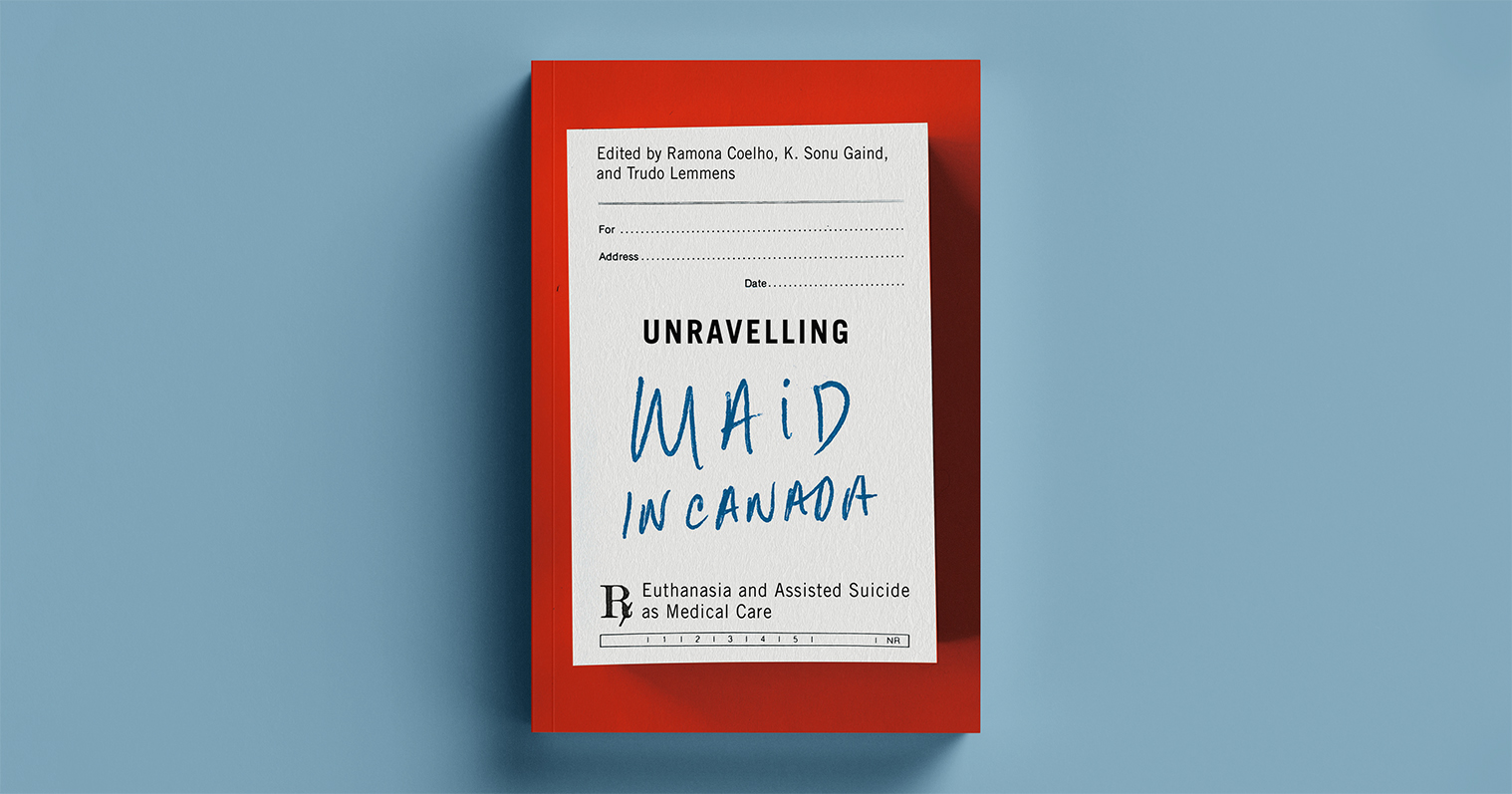In the United States, just as in Canada, there has been a flare up of discussion about physician assisted suicide. The latest episode South of our borders is due to the story of Brittany Maynard, a 28-year-old with an inoperable brain tumour who chose to move to Oregon to have access to physician assisted suicide.
In yesterday’s online edition of Time magazine, a cardiologist published an article that appears to be pro-assisted suicide. But the message is not really clear. He writes "I’ve tried to fight a patient’s inevitable death, but I know that’s not always the best care". He then goes on to describe two cases he was involved with. One story is about his aggressive treatment of a patient, despite the opinion of a critical-care specialist. The other involves the use of life support.
The article causes confusion between forgoing heroic measures, providing comfort care, and assisted suicide or euthanasia. This confusion is widespread among the general public and even, to a certain degree, in the medical community. It leads to the false impression that opponents of assisted suicides are "condemning people to prolonged suffering".
There is a leap in logic between stopping heroic measures and actively ending life. Our palliative care colleagues well understand that proper care at end of life is meant neither to unduly prolong life nor to hasten death. It is about relieving suffering and accompanying the patient until their natural death.
It is no surprise that the media and the public confuse these issues, when some physicians themselves appear to not grasp the difference.
One of our tasks is to ensure that our colleagues and the public understand the distinction, and realise that we can honour our patient’s requests to stop aggressive treatment, and relieve their suffering without having to kill them.


